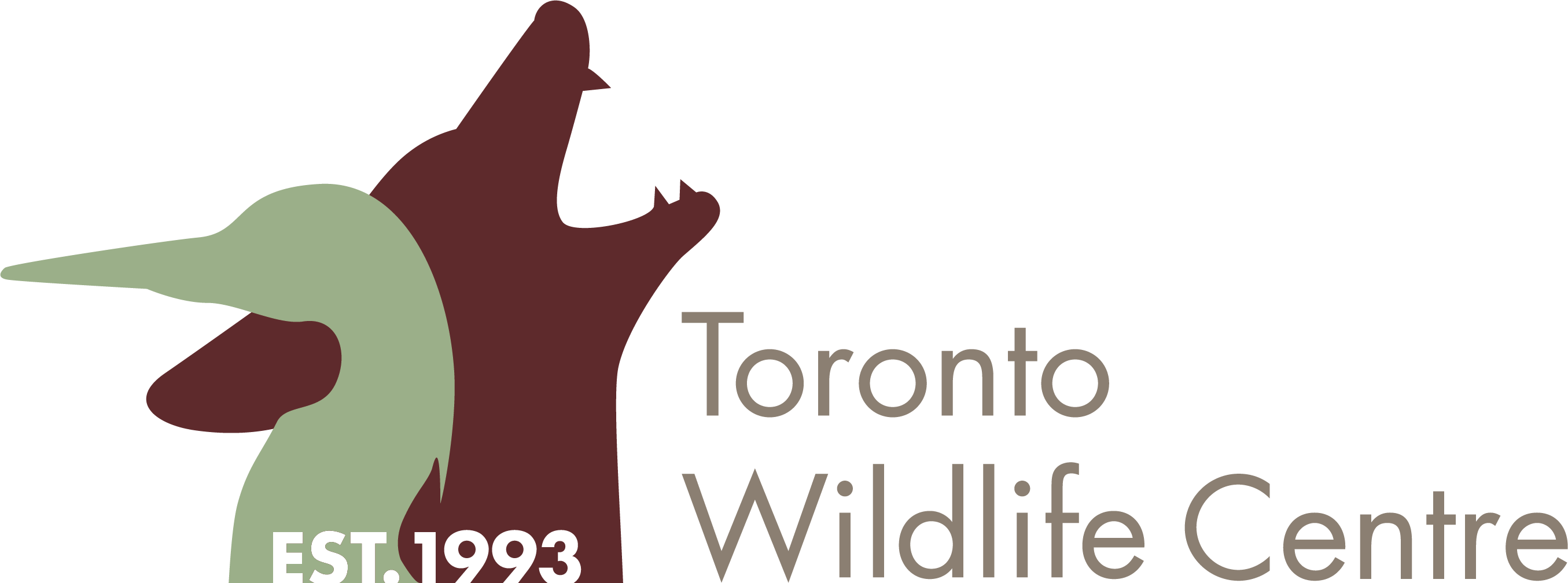Geese choose their nesting site
Geese are good at choosing nesting sites, even if sometimes these sites are hard for us to understand. Canada geese like open, flat spaces where they can see predators coming from far away, so parking lots look like great nesting spots to Canada geese. If the nest is less than 2 storeys above the ground, and there are no barriers more than a foot high to prevent the babies from leaving, it’s probably a normal situation.
Don’t move the nest
Nests containing eggs should be left alone. Moving them even a few feet risks orphaning the unhatched young, as the mother goose won’t recognize her relocated nest. It is also against the law to interfere with a nest without a permit, as Canada geese are federally protected.
Geese will leave soon
Once the female starts sitting on the eggs, they will hatch in about 25 days. Baby geese can walk within hours of hatching, and the parents will try to lead their new family away from the nest area. Both the mother (goose) and father (gander) will continue to care for the goslings until they are old enough to fly.
Where will geese go
Most geese lead their babies to the closest water source. There’s usually one closer than you think – check a satellite map if you aren’t sure! Some goose families successfully raise their goslings in soccer fields, hydro corridors, or even on grassy parking lot dividers. All they need is grass and access to some kind of water. They will sometimes walk 3 or 4 kilometres from the nest site to get there.
Can I do anything to help?
It’s generally best not to intervene—the geese don’t know you’re trying to help them, and any action risks scaring off the parents and orphaning the babies. There are a few things you can do to help out a pair of geese nesting in a parking lot.
Don’t feed the geese
It’s normal for a female goose not to eat for the entire incubation period—she fattens up beforehand to prepare. Leaving food or water out for the geese will only attract predators like raccoons or opossums, putting their nest in danger. Once the goslings have hatched, feeding them unnatural food like bread can cause problems with their growing bones and feathers.
Let people know
Putting up signs to alert passerbys and drivers, or even taping off a few parking spaces, can help keep the geese safe while they’re waiting for their eggs to hatch.
Goose crossing guard
Human safety first! Don’t put yourself or others in danger, but if you see a goose family trying to cross a parking lot, you may be able to warn other drivers or pedestrians and help them get safely to their destination.
Plan ahead to discourage nesting geese in the future
If you want to prevent geese from nesting in the parking lot, think about making changes next year to discourage them from nesting again.
Change the landscape
Planting shrubs, tall grasses, or trees can break up the sightlines and make the parking lot a less attractive nesting spot for geese. Scare devices such as eye-spot balloons, coloured flags, or garbage bags tied to sticks can be very effective if you set them up just before nesting season and move them around frequently.
Be a nuisance
Physically getting outside and chasing the geese away while they’re still establishing territory (but before there are eggs in the nest) can help convince them to find a better spot.
Sometimes geese don’t think ahead
Sometimes geese don’t think ahead, and nest in places that their babies won’t be able to fly out or off of. If the nest is in a parking structure more than 2 storeys above ground, OR completely enclosed, OR has a barrier around it more than a foot high, please contact a wildlife rehabilitator for advice. If the babies have already hatched, provide them with a shallow pan of water and consider this an emergency.

